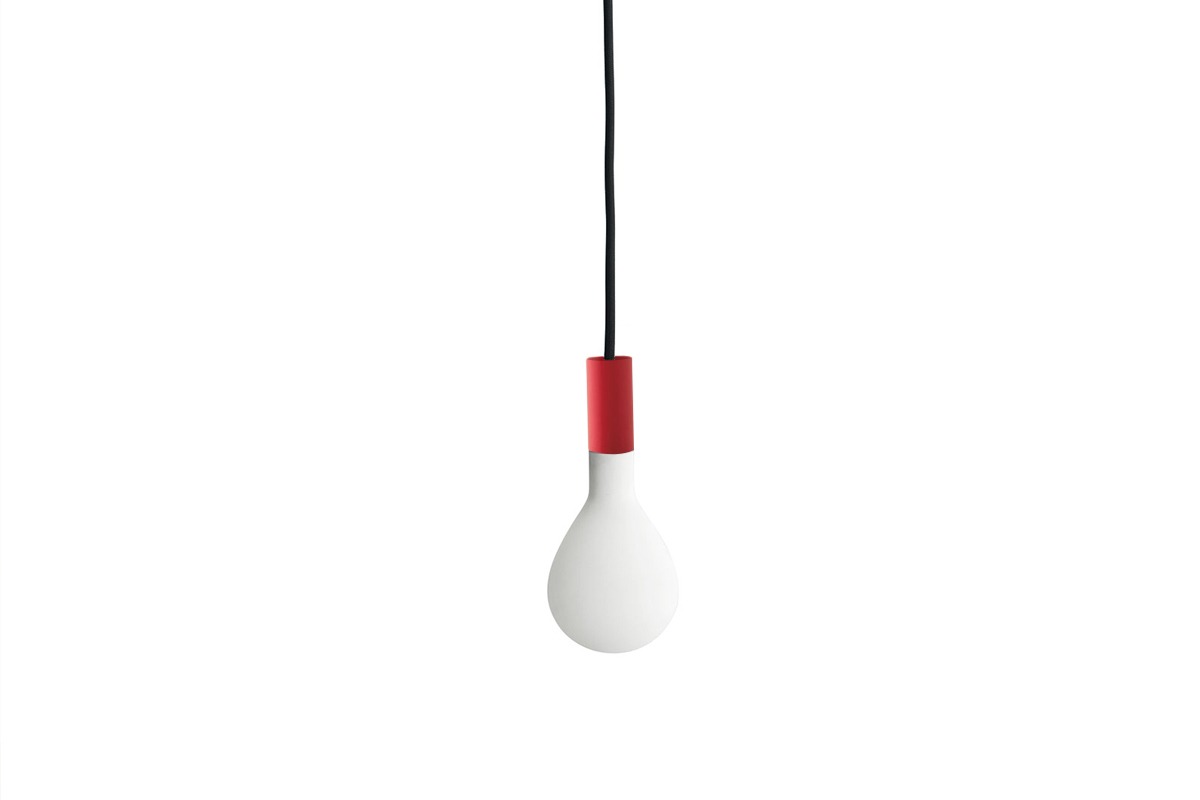
5 Easy Tips
They’re often the last thing you consider when thinking ‘décor’: lights. You may spend hours finding the perfect sofa or the ideal piece of art to hang above the fireplace and then you simply purchase lighting as an afterthought.
Big mistake!
Using aspects of designer lighting strategies can be key to whether your home’s interior works or falls flat. Don’t worry, you don’t have to spend a fortune to get it right—you can use that stunning lamp you found on the clearance sale if you like. But you MUST use it correctly.
Here’s what the pros told us to do.
Understand Types of Lighting
To work like a pro, you do need some insight into this industry’s wisdom. For example, understand that lighting sources can have different purposes:
- Ambient illumination: Provide general light for orientation and also to create atmosphere.
- Task illumination: This requires an area to be bright enough to perform an activity. Where in the room will you work or read? In the bedroom, where will you apply makeup? You need bright light from the correct angle so use the correct bulbs and try to prevent the light throwing shadows.
- Accent illumination: In proper interior design the source of light will focus your attention on a specific item, such as a painting.
Don’t Think ‘One’—Think Multiple
You’re not looking for one lamp or overhead chandelier. The pros use multiple light sources to achieve all the goals mentioned above, by layering light. For example, a sculpture may need light from three or four sides so there aren’t any shadows ruining the effect.
Also, after installing ambient light you may realise you have a dark corner that could seem gloomy. Light up those spaces with additional lighting that can even be an accent in the room to give it more character.
Consider the Room Type
Before you pick your final lamps and fittings, consider the room you’re working in. You can’t use the same type of bulbs and lamps in the kitchen that you did in the living room. Kitchens are all about bright task illumination, since you’ll often use the whole space to complete cooking or cleaning. Here, ambient lighting becomes second priority.
Another place you need the right type of lighting is the bathroom or wherever you look in a mirror. If you choose a funky lamp shade or recessed lighting that’s going to result in excess shadows, it’s going to be bothersome if you need to get your hair just right. What’s more, those shadows can be unflattering, which won’t give you a good start to your mornings. Consider the angle of the light, its brightness and how any object in its vicinity will result in a shadow.
Pro designers also prioritise functionality, so be practical when listing the lighting you’ll need. For example, to help parents walk towards children’s bedrooms at night, install motion lights near the floor in a passage.
Use the Power of Visual Interest
Here’s the pro tip to know: anyone entering one of your rooms will first place his or her attention on the brightest part of the room. So, ask yourself: what do you want them to see? What should they notice first?
If you invested in art or you’re proud of the family pictures against the wall, make sure to angle accent illumination towards that spot. Also use a bright bulb type to ensure it will still be the focus, even if someone switches on a nearby reading light meant as task illumination.
The general rule of thumb is that you should only have one statement area per room. In larger rooms you may have one per corner.
Always Remember Sky Glare
It’s not only your designer lighting sources that will light up the room. You’re also contending with light from outside coming in through the windows. Unfortunately, certain countries—like Australia—can have very bright light streaming in, which could make your favourite new clearance sale lamp seem dull in comparison. The reason for this is that people’s eyes will adjust to the brightest light source in the space.
Solutions for this include installing low transmission glass, or you can increase the room’s illuminance. Position lighting in such a way that it reflects off the ceiling, roof and even walls. An excellent reason to go online light shopping and find yourself multiple stunning lights at a designer warehouse sale!
[Conclusion]
Interior decorating can be fun and when you implement some savvy tips from the pros, you’ll love the final product even more. And you CAN do it yourself.
Want some inspiration about which designer lighting techniques you’ll implement first? Or perhaps you’re looking for a stunning lamp to light up that painting? Our warehouse outlet has the designer lighting from warehouse sources across Europe—the final touch you need.
